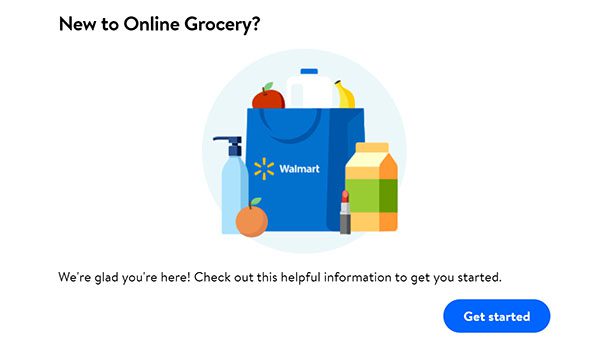Editor’s note: This article first published in the Know Your Commodity Guide. Don’t have a copy of the KYC? Read the digital edition here.
To say it is hard to predict what will happen in the next 12 months is an understatement. With the fallout from the COVID-19 pandemic, retail settled into about a 10% increase in sales dollars over 2019, but that doesn’t come near to making up for the sales lost in the foodservice and institutional sectors.
With the dramatic spike in unemployment, and consumer sentiment through the first six months, a few trends have emerged that have some staying power.
1 – Vegetables are strong at retail.
Across the board, consumers are spending more time at home, and that means meal prep.
“Consumers are cooking more at home, and that has translated to higher sales for vegetables, which are more common for lunches and dinners,” says Anne-Marie Roerink, President of 210 Analytics.
Using retail scan data from IRI Worldwide, Roerink produced a weekly report through the first six months of pandemic shopping to analyze consumer spending habits, and one thing was clear: veggies are in baskets, no matter which type, from in-person to ecommerce. Vegetables regularly topped double-digit sales dollar growth during from March to September, with no signs of slowing.
2 – Unfortunately, fruit did not share the momentum.
With consumers hyper-focused on a speedy shopping process, fruit’s heavy reliance on merchandising and impulse sales were a challenge.
“Fruit is very much an impulse item, with consumers attracted to beautiful displays in-store,” Roerink says. “More consumers were shopping online, or sticking to a list, and were less likely to buy on impulse.”
Items like cherries and peaches had a slow start, and grape sales remained down throughout the pandemic.
3 – But every department has exceptions…
…and the Vitamin C immunity boost of citrus, particularly navel oranges, shocked observers with numbers reaching as high as 80 percent in year-over-year dollar growth. Through the end of August, oranges averaged 56.4 percent year-over-year dollar growth, according to IRI.
They weren’t were the only commodity tied to wellness and immunity that showed strength during the pandemic, either.
Items like watercress, ginger, and lemons also had significant dollar and volume gains, Roerink says.
Consumers are looking for ways to boost their immunity, and are looking for functional foods now more than ever.
4 – Shoppers went online.
Despite the fact that grocery stores remained open as an essential business during shelter-in-place and stay-at-home orders, consumers chose to shift their shopping online at an unprecedented rate. In fact, the rate of online grocery adoption jumped five years ahead of where it was expected to be, and many of them plan to continue this trend.
The Retail Feedback Group in its 2020 Online and In-Store Grocery Shopping Study found 36 percent of shoppers who bought groceries online tried it for the first time during the pandemic.
Nearly half of them, 46 percent, said they plan to shop online more often over the next 12 months. Pickup is picking up rapidly, as 51 percent of shoppers chose pick-up in 2020, compared to 47 percent in 2019 and 43 percent in 2018.
5 – Value shopping is a priority.
Just as we saw in the Great Recession of 2009, consumers are looking to save money. Pre-pandemic behaviors saw smaller pack sizes, private label growth, and consumers switching channels to more discount banners.
The pandemic taught us they’re not afraid to trade out of fresh produce entirely. Canned and frozen fruits and vegetables ate away as much as 14 percent of the dollar share of the fruit and vegetable category at the height of consumer stock-ups, and the growth rate remained in in the high 20s through the end of the summer, Roerink says.
“Consumers were looking to stock their pantries with longer shelf-life foods, save money, and reduce trips to the store,” Roerink says. “They’re continuing that behavior as sales have remained strong in those categories.”
It’s hard to say how long the economy will continue to feel the effects from the COVID-19 pandemic, it’s safe to say that some of these consumer behaviors will endure.



